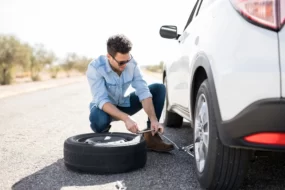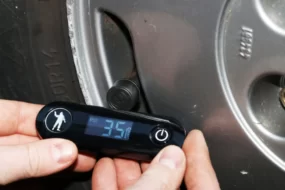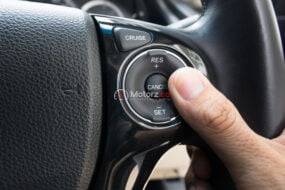Child Car Seat Safety Discuss proper installation is a crucial aspect of ensuring the well-being of our youngest passengers during travel. Proper installation of car seats plays a pivotal role in maximizing their effectiveness and minimizing the risk of injuries in the event of a collision. In this article, we will delve into the importance of child car seat safety and provide a comprehensive guide on the correct installation of these vital safety devices.
The statistics are clear:
Child Car Seat Safety motor vehicle accidents are a leading cause of injury and death among children. The proper use of car seats can significantly reduce these risks, offering a layer of protection that is essential for the vulnerable bodies of infants and young children. The American Academy of Pediatrics (AAP) recommends that infants and toddlers should be secured in rear-facing car seats until they reach the maximum weight or height allowed by the seat manufacturer. This position is crucial for protecting their neck and spine in the event of a crash. Once a child outgrows the rear-facing seat, they can transition to a forward-facing car seat with a harness, and eventually to a booster seat until they are big enough to use the vehicle’s seat belt alone.
Common Installation Mistakes:
Despite the well-documented importance of child car seat safety, many parents and caregivers make installation errors that compromise the effectiveness of these devices. Some common mistakes include. The harness straps should be snug against the child’s body, with no slack. Loose straps can lead to increased movement during a collision, reducing the seat’s protective capabilities. For rear-facing seats, it is crucial to achieve the proper recline angle. Consult the car seat manual and the vehicle owner’s manual to ensure the seat is installed at the correct angle.
Improper Use of LATCH System:
The Lower Anchors and Tethers for Children (LATCH) system is designed to make installation easier, but it has weight limits. Once the child and the car seat exceed these limits, it’s time to switch to the vehicle’s seat belt for installation. Car seats have an expiration date, typically around six years from the date of manufacture. Using an expired seat compromises its structural integrity and safety features.
Incorrect Positioning:
The car seat should be installed in the back seat of the vehicle, as the front seat poses an increased risk for airbag-related injuries. The first step is to thoroughly read both the vehicle owner’s manual and the car seat manual. Understanding the specifications and requirements for both will help ensure a proper installation.
Select the Right Seat:
Choose a car seat that is appropriate for the child’s age, weight, and height. Make sure the seat meets or exceeds safety standards and has not passed its expiration date. For rear-facing seats, ensure the proper recline angle. For forward-facing seats, position the seat upright and follow the manufacturer’s guidelines.
Secure Straps:
Tighten the harness straps to ensure a snug fit. The chest clip should be at armpit level, and there should be no slack in the straps. Whether using the LATCH system or the vehicle’s seat belt, follow the manufacturer’s instructions for proper installation. Be aware of weight limits and switch to the seat belt when necessary.
Check for Movement:
Once installed, check the Child Car Seat Safety for any excessive movement. It should be secure with minimal side-to-side or front-to-back motion. Periodically check the car seat for any signs of wear and tear. Replace the seat if it has been involved in a crash or if it has passed its expiration date.
Conclusion:
Proper installation of Child Car Seat Safety is not just a recommendation; it is a fundamental aspect of ensuring the safety of our youngest passengers. By understanding and following the guidelines provided by both the vehicle and car seat manufacturers, parents and caregivers can significantly reduce the risk of injuries in the unfortunate event of a collision. Regular checks, attention to detail, and a commitment to staying informed about the latest safety recommendations are essential elements in the ongoing effort to protect our children on the road.











